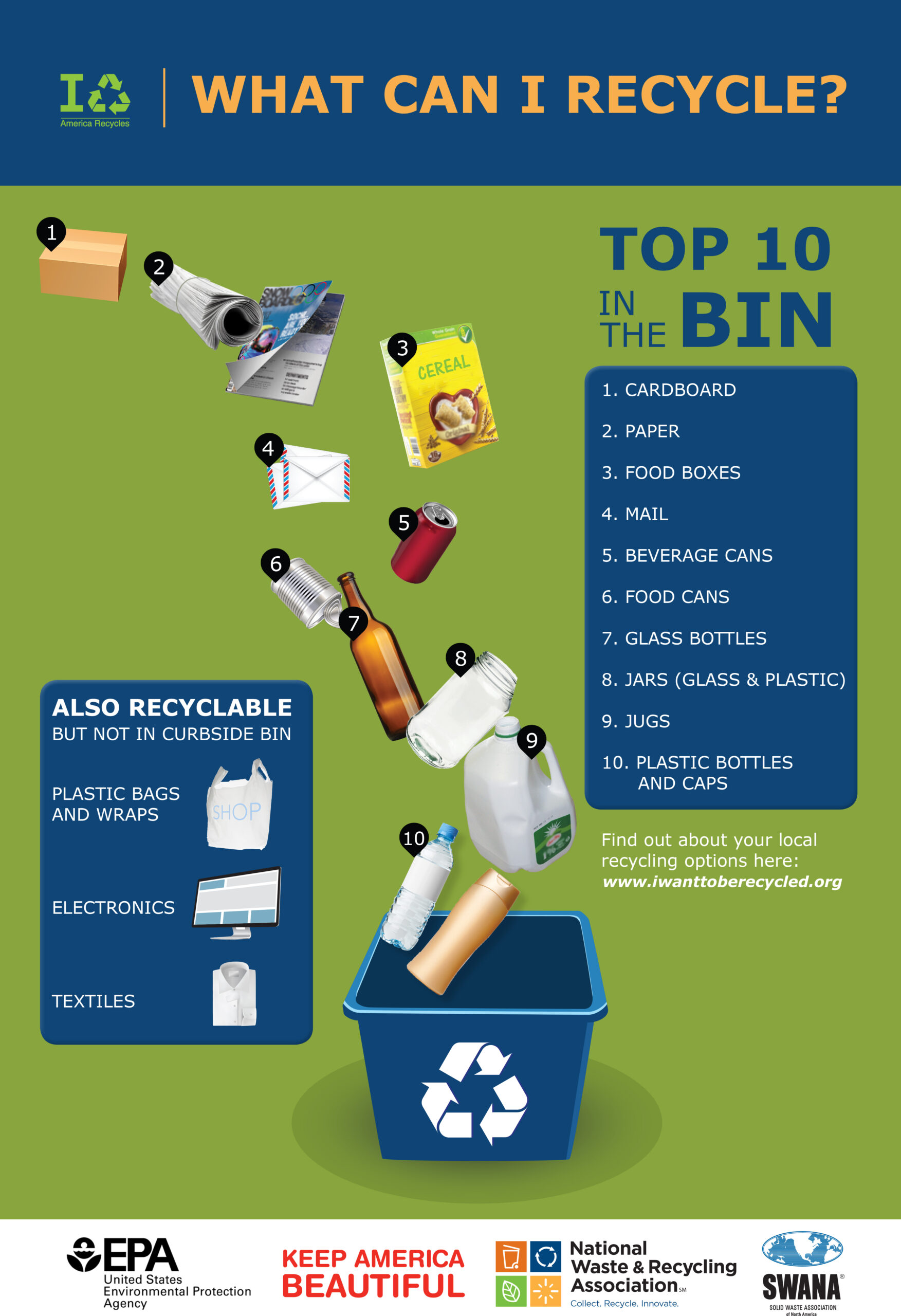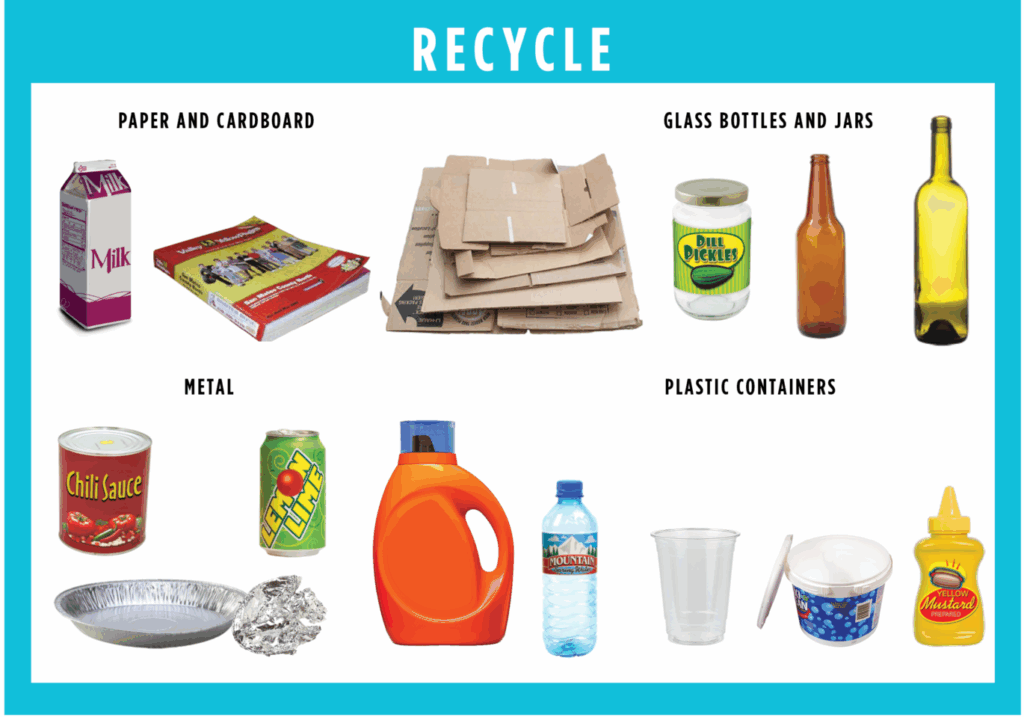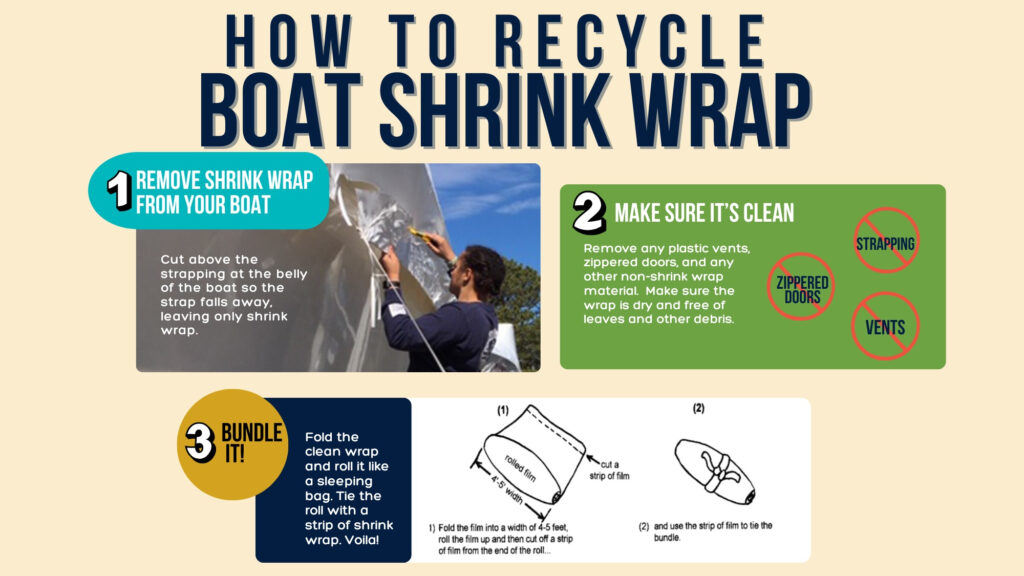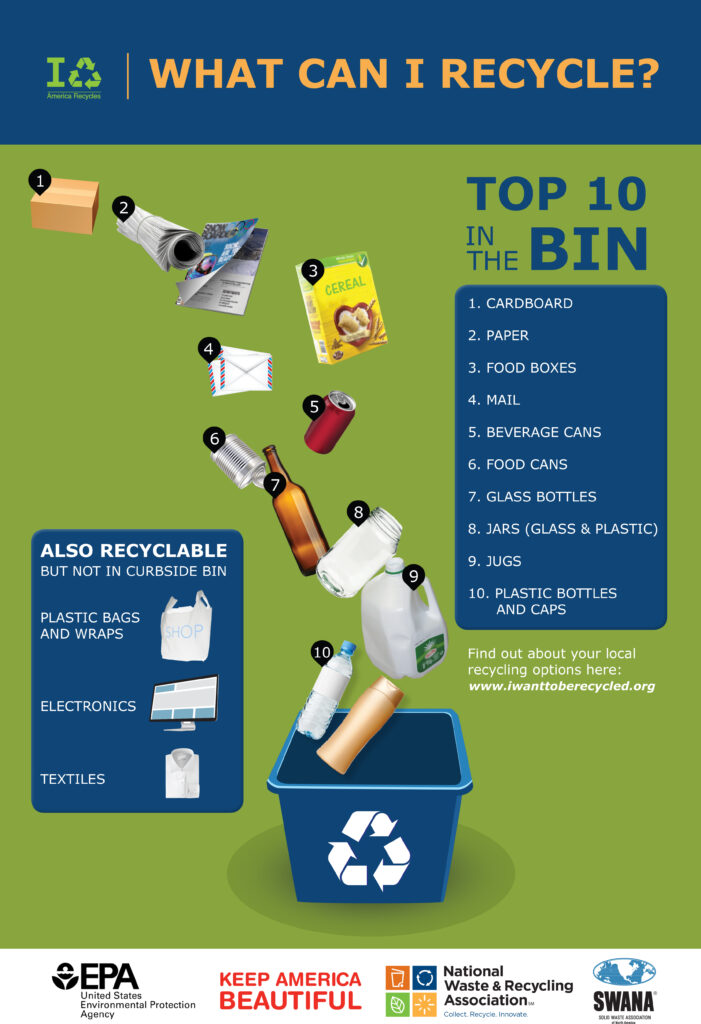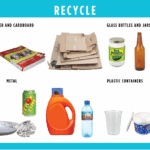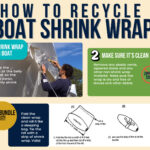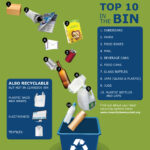A Form B Waste Recycling Plan (WRP) is a document that outlines how a business or organization will manage and recycle its waste materials. This plan is typically required by regulatory agencies to ensure that businesses are properly disposing of their waste in an environmentally responsible manner. The WRP details the types of waste generated by the business, the methods used to recycle or dispose of the waste, and the goals for reducing waste and increasing recycling efforts.
Businesses that generate a significant amount of waste or work with hazardous materials are often required to submit a Form B Waste Recycling Plan as part of their environmental compliance efforts. By creating a WRP, businesses can demonstrate their commitment to sustainability and responsible waste management practices.
Form B Waste Recycling Plan Wrp
How to Create a Form B Waste Recycling Plan
When creating a Form B Waste Recycling Plan, businesses should start by conducting a waste audit to identify the types and quantities of waste generated. This information will help businesses determine which materials can be recycled, reused, or disposed of in an environmentally friendly manner. Businesses should also research local recycling options and waste disposal facilities to ensure that their waste is being managed properly.
Once the waste audit is complete, businesses can begin to outline their recycling goals and strategies in the WRP. This may include setting targets for waste reduction, increasing recycling rates, and implementing new recycling programs within the organization. Businesses should also consider how they will monitor and track their progress towards these goals to ensure that the WRP is being implemented effectively.
Benefits of Implementing a Form B Waste Recycling Plan
Implementing a Form B Waste Recycling Plan can have a number of benefits for businesses, including cost savings, improved environmental performance, and enhanced reputation among customers and stakeholders. By reducing waste and increasing recycling efforts, businesses can lower their disposal costs and potentially generate revenue from selling recyclable materials.
Furthermore, businesses that prioritize sustainability and responsible waste management are more likely to attract environmentally conscious customers and investors. By demonstrating a commitment to environmental stewardship through the implementation of a WRP, businesses can differentiate themselves in the marketplace and build a positive brand image that resonates with consumers.
In conclusion, creating and implementing a Form B Waste Recycling Plan is an essential step for businesses looking to improve their environmental performance and demonstrate their commitment to sustainability. By following the guidelines outlined in this article, businesses can develop a comprehensive WRP that helps them manage their waste more effectively and reduce their impact on the environment.
Download Form B Waste Recycling Plan Wrp
Shrink Wrap Recycling Program WHOI Sea Grant
How Do I Recycle Common Recyclables US EPA
